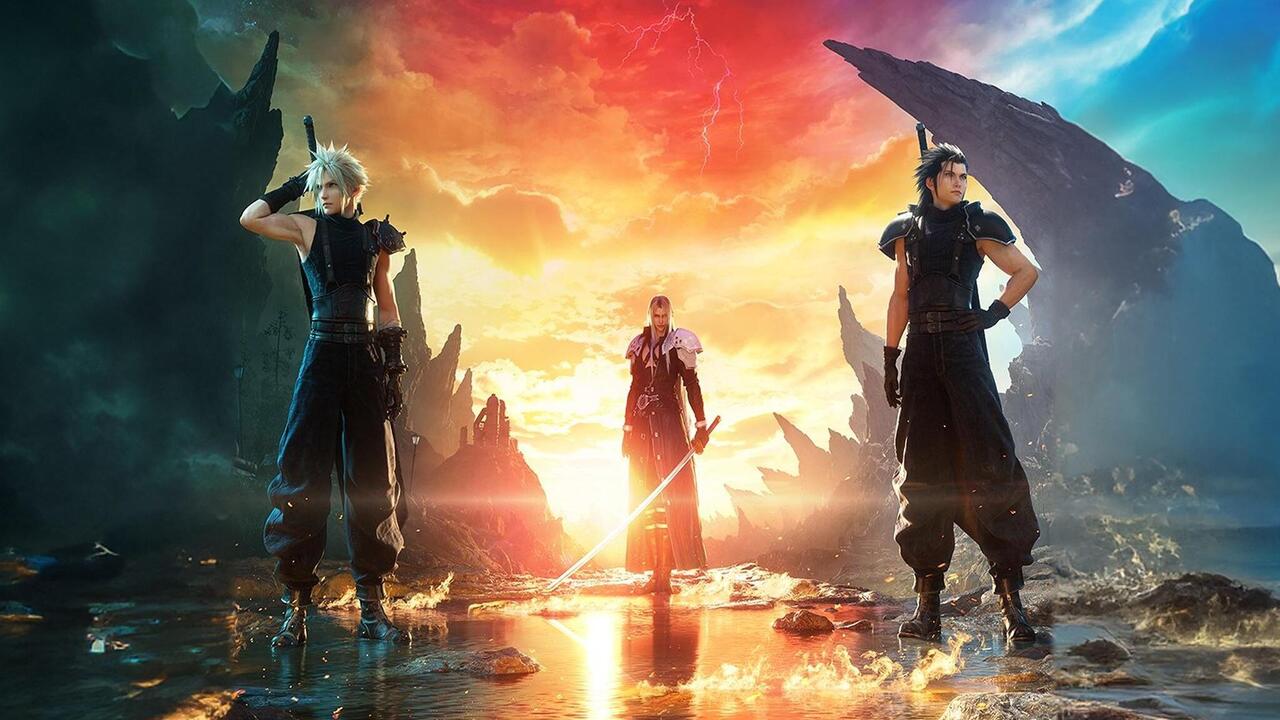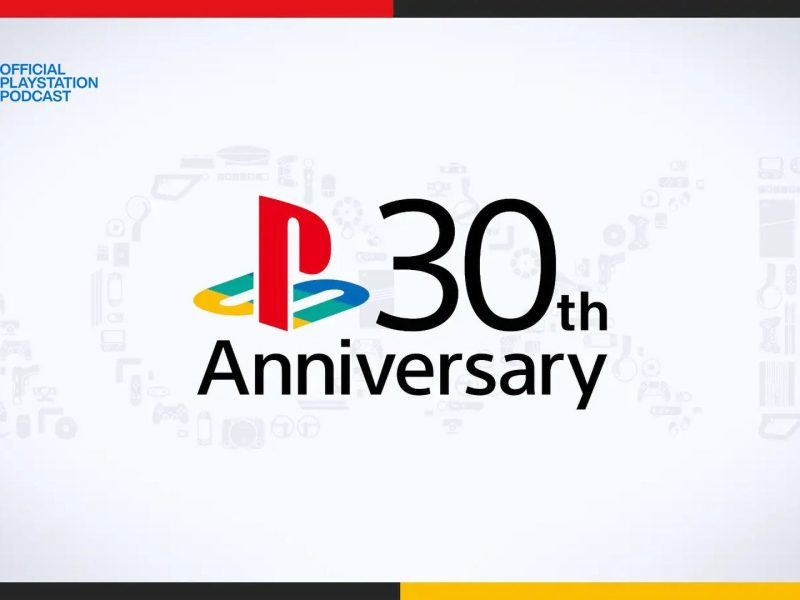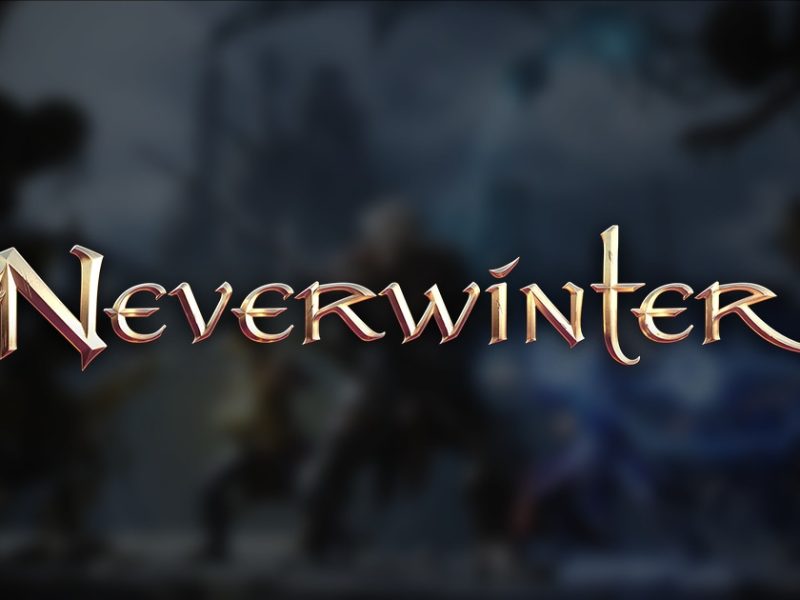Final Fantasy 7 Rebirth feels like a natural progression. Free from the steel skies of Midgar and its corridor-style design, this direct sequel to 2020’s Final Fantasy 7 Remake fully embraces that sense of adventure found in the original Final Fantasy 7, as Cloud Strife and his ragtag group took their first few steps out onto the sprawling world map. Rebirth goes big in terms of scope and scale — but it doesn’t always stick the landing.
Rebirth isn’t fully open world, but it is split into a series of vast environments, each with their own distinctive geography. You’ll spend a healthy chunk of your playthrough sprinting — and riding chocobos — across the wilderness, but it’s rarely in search of the next story beat. That’s because Rebirth has an excessive amount of open world fluff — the kind of checklist activities that you’d expect to find in the most cliche of Ubisoft games.
Climbing copy-paste radio towers isn’t something that we ever would have expected to do in a remake of eternal PS1 classic Final Fantasy 7, but here we are. It’s difficult to justify such blatant bloat, but it’s important to stress that the map’s many markers are optional, and not all of the busywork is so braindead. There are, for example, cool fights to be had with unique enemy types and region-based bosses. At the very least, you’ve got an excuse to get out there and explore what is an iconic RPG setting.
Fortunately, Rebirth is a much better game when it’s just… being Final Fantasy 7. For the most part, it sticks to the original’s narrative structure, as the party sets off on the trail of big baddie Sephiroth. However, much like Remake, this sequel often greatly expands upon events, bringing additional context and allowing characters to better express themselves. Once again, the development team has done an admirable job of fleshing out the core cast, and that’s important, because the overarching plot barely pushes forward in this second instalment.
Of course, this was also the case in the original PS1 release — but Rebirth is the second title in a planned trilogy, taking you anywhere between 50 and 100 hours to complete (and that’s without even thinking about the hard mode that’s unlocked after the credits roll). It has little choice but to lean on its characters, as the core story basically boils down to following mysterious robed men from town to town, over and over again. The real narrative hooks come in the form of character development, as each member of Cloud’s gang have their own business to deal with as their journey takes them across land and sea.

Perhaps that’s why Square Enix saw fit to pack Rebirth with so much stuff. To say the game is padded would be an understatement, and that padding ranges from highly enjoyable, character-driven episodes to… well, the type of unnecessary bumbling that could make Remake feel like such a drag at times. Simply put, this isn’t a game for the impatient. There are a couple of pace-sapping scenarios in particular — sandwiched right in between main story sections — that sent our eyes rolling.
Counting Rebirth, Remake, and even Final Fantasy 16, Square Enix apparently has a problem with just letting its games flow. For every outrageous cutscene or blood-pumping boss battle, there seems to be a relatively boring stretch of narrative filler, or a side quest that stalls your progress. But this is precisely where our frustration stems from; when Rebirth is firing on all cylinders, it’s superb — just like Remake before it.
There’s a real joy to seeing towns like Kalm and Gongaga — just the most basic of prerendered backdrops in the original release — brought to life as fully 3D locations. Naturally, nostalgia plays a major role in all this, but you can’t possibly be disappointed with how well realised Rebirth’s world feels. The sense of adventure that was so prevalent in 1997 is reestablished here, and you get to enjoy it alongside beloved characters who are more textured than ever before.

Rebirth retains its predecessor’s strengths; in its key storytelling sequences, its combat system, and its clear appreciation for the source material, it continues to be a wonderful reimagining. And if, like us, you can stomach most of the game’s flaws, you’ll often revel in the things that it gets absolutely right.
That brings us neatly to the hybrid battle system, which again combines action-based movement and button-tapping attacks with command menus for when you want to get tactical, or dish out some big damage. The mechanics worked brilliantly in Remake and they’re largely unchanged here — which is probably for the best. Instead of fiddling with the fundamentals, Rebirth simply adds to the system; there’s an impressive amount of enemy variety throughout the game, and new synergy techniques (read: tag team moves) give you even more moment-to-moment options.

Rebirth also lets rip with increasingly crazy combat scenarios, regularly pushing the limits of what you thought this battle system was capable of. It goes without saying that boss fights are still incredible, but there are now so many different ways to test your party’s prowess, be it in the battle simulator or in one of the game’s multiple arenas, where challenge matches can encourage a whole new level of team tinkering.
All of the action’s elevated by the returning materia system, which now sports additional types of materia for yet more character customisation. Depending on your equipped orbs, you can shape a party member’s role to suit your needs, and with a larger cast of playable heroes, it feels like there’s a strategic freedom here that wasn’t quite present in Remake.
Beyond the new depths of its combat, Rebirth takes a page from the Like a Dragon playbook, and packs an impressive number of minigames into proceedings. And, just like in SEGA’s sandbox series, you can spend hours mastering these (mostly) optional excursions. The headline acts include Queen’s Blood — a fairly addictive collectable card game with its own absurd characters and storyline — and chocobo racing, which is just really good fun.

But not all minigames are made equal. Some of Rebirth’s most lamentable moments are when you’re forced to partake in the title’s more tedious minigames during the main story, or otherwise engaging side quests. To be fair, these scenarios don’t take up a whole lot of time in the grand scheme of things, but they’re still guilty of murdering the game’s pacing at specific points.
Alright, so what about all of the new story stuff that was introduced through Remake? We won’t spoil anything here, but Rebirth does manage to offer up some answers. Thankfully. On the other hand, however, it conjures plenty of fresh questions — which will of course have fans looking in the direction of the trilogy’s final act.
With that in mind, it does feel like this sequel is stuck in limbo — at least to an extent. It’s about the journey and all that, but Rebirth lacks a proper beginning and it lacks a proper ending. And, as you might expect, its story will make very little sense if you haven’t played Remake. This sequel is satisfying in its own right — thanks to its portrayal of Final Fantasy 7’s world and characters — but some fans, especially newcomers who aren’t familiar with how things go down in the PS1 classic, may feel as though it’s lacking the overall impact of its predecessor.

You know what else is lacking? Rebirth’s visuals. Remember, this isn’t a cross-gen release. At the time of writing, it’s a PS5 exclusive, but outside of main character models and explosive particle effects in battle, it can be rough on the eyes. We don’t know what the actual cause of this issue is, but Remake’s texture problems are back, and they’re somehow even worse. Pretty much any closeup of a wall, door, or inanimate object hits you with some of the blurriest, low quality textures you’ll ever see in a modern AAA release. Baffling.
Having said that, Rebirth can look nice at a distance, or when it’s in motion. The art direction’s great — we love the monster designs — and there are some screenshot-worthy vistas out in the open world.
But perhaps more importantly, the game runs better than it looks. Performance mode definitely has some dodgy resolution scaling going on at times, but it allows a smooth 60 frames-per-second for the vast majority of Rebirth’s runtime. Graphics mode, meanwhile, is noticeably sharper in terms of resolution (it’s hard not to be), but you’re stuck at 30fps.

And lastly, we need to highlight Rebirth’s music, because it goes above and beyond. The game features a frankly staggering number of tracks, to the point where almost every scene, every battle, every location, and every instance of every minigame comes with its own tune. Many of them are just fun little beats that set the tone during side quests or optional activities, but the combat themes — particularly those that play during climactic clashes — are outstanding.


